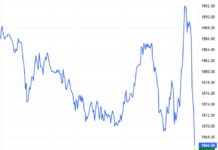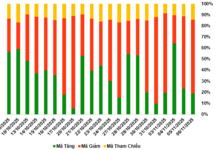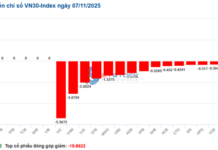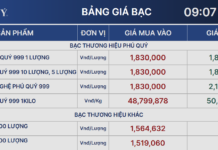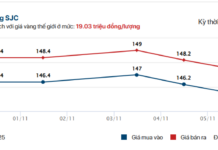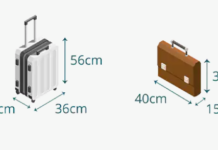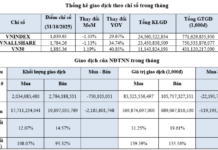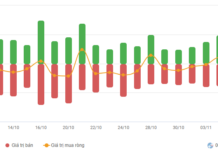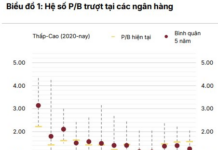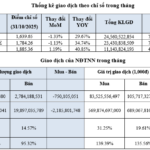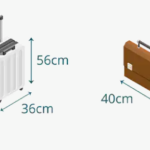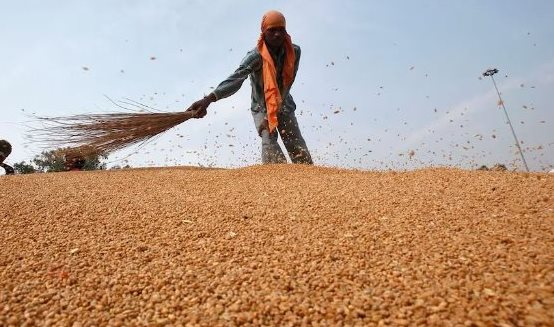
Illustrative image
According to the preliminary statistics of the General Department of Customs, Vietnam’s wheat imports in December reached 700,389 tons with a value of over 196 million USD, an increase of 161.7% in volume and 150% in value compared to November. In general, in 2023, Vietnam spent 1.55 billion USD to import 4.6 million tons of wheat, an increase of 19.7% in volume and 3.6% in value compared to 2022.
The import price reached 332 USD/ton, a 14% decrease compared to the previous year.
Vietnam almost cannot grow wheat, so our country spends billions of USD each year to import it. Notably, a ‘giant’ in this industry that has increased wheat exports to Vietnam in the past year is Canada with a four-digit growth rate.
Specifically, in 2023, our country spent over 97 million USD to import wheat from Canada with 252,803 tons, a substantial increase of 1,372% in volume and 1,142% in value compared to 2022. The average import price reached 385 USD/ton, a decrease of 16% compared to 2022. However, the Canadian market accounts for nearly 6% of both volume and trade turnover.
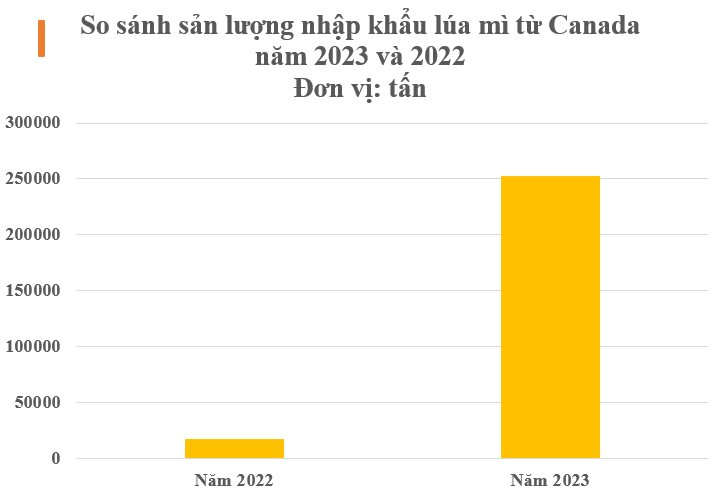
According to the preliminary statistics of the General Department of Customs, Vietnam imports an average of 20 – 22 million tons of animal feed raw materials each year, equivalent to 60% of the industry’s demand. In which, corn accounts for about 50% and wheat accounts for about 10% of the total volume of goods. When the price of corn rises, wheat is also considered a suitable substitute.
Russia, the United States, Australia, and France are the world’s major wheat producers. In addition to these giants, the largest markets that supply wheat to Vietnam also include Brazil, Australia, Canada, …
Canada’s wheat production is expected to reach a record level in 2022, making it the largest global supplier of wheat in 2023. According to data from Statistics Canada, the country expects to harvest 33.8 million tons of wheat in the 2022/23 fiscal year, an increase of 51.5% compared to the previous year. The yield is expected to be more favorable due to improved weather conditions, making Canada a major wheat supplier in the Western Hemisphere.
Along with the larger harvest, Canada’s wheat exports also increased significantly. According to Agriculture and Agri-Food Canada, the country’s wheat exports are estimated to reach 23.5 million tons in the 2022/23 fiscal year, up from 15.1 million tons in the previous year.
Moving into 2024, according to the International Grains Council (IGC), there are currently only 12 countries that produce enough wheat for export. Global reserves at the end of the 2022/23 season are expected to increase by 1.1 million tons to 268.4 million tons, with increases in the EU, Ukraine, Kazakhstan, and India outweighing declines in Saudi Arabia and Iran.
China is still the world’s largest wheat producer with 138 million tons in the 2022-2023 season. However, the country still imports more than 10 million tons/year to meet the demand of a population of 1.4 billion people and maintain a large stockpile. The estimated total wheat imports of China in 2023 could reach about 12 million tons, surpassing the record of 9.96 million tons in 2022.

